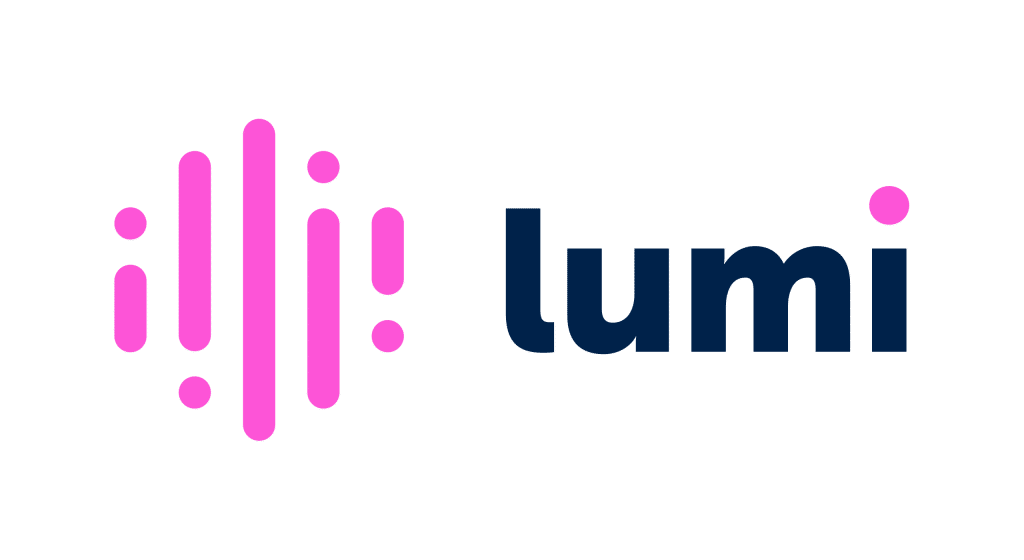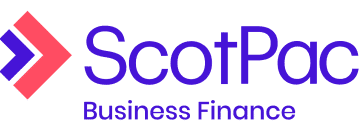Home > Business Loans > Inventory Finance
Inventory Finance
Choose the best deal to help pay for your business’ inventory by comparing a range of finance offers right here with Savvy.
Author
Savvy Editorial TeamFact checked








What is inventory finance and how does it work?
Inventory finance is a type of business financing that provides a short-term fix for businesses to bridge the gap between the purchase and sale of goods and services. In many cases, a supplier’s debtor period will be around 30 days, which is often shorter than a business’ sales period. As such, using inventory finance relieves some of the strain placed on businesses to meet these deadlines, enabling them to satisfy their suppliers while still repaying their debt at a manageable pace.
Inventory financing, otherwise known as floorplan finance, in most cases, involves a simple process: your lender pays your supplier for the inventory, which enables them to sign off on sending the goods to your business. From there, your business will be required to repay that amount to the lender within a pre-determined period (typically your products' pay cycle). This is achieved through a revolving line of credit, which provides your business with the ability to continue to engage in inventory financing with your lender over many cycles and can set caps as high as over $1 million.
Another inventory finance option is a standard business loan, which allows you to apply to a lender for a lump sum of money from $5,000 up to as much as $500,000 which, if approved, you’ll be able to repay with interest and fees over a set term on a monthly, fortnightly or weekly basis. The term over which you repay your loan is up to you, but you should only ever select a repayment period which you’re fully comfortable with.
It’s of paramount importance that your business is able to support these payments without any issues, as applying for a loan your lender doesn’t have full faith in your ability to repay will either result in a much higher interest rate or an outright rejection. Different lenders offer different terms, but you can compare loans as short as three months up to five years in length with Savvy.
These loans are unsecured, which means you won’t be required to put forward any business or personal assets to serve as collateral for the loan in the event your business becomes unable to support the loan’s repayments. There are several other key advantages to opting for an unsecured loan, with the most significant being the speed at which it can be processed from start to finish (as quickly as 24 hours).
When might I need to access inventory finance?
There are many reasons why you might need to access inventory finance in Australia, so it’s important to know when it might be a good option for your business. If you find you fit under one of the following examples, inventory funding assistance from a lender might be an option for you.
If your business is seasonal
The nature of seasonal businesses is such that preparation is key to ensuring you’re well-stocked whenever demand arises. Because there’s likely to be a need to purchase a great deal of stock in an off period with little cashflow, businesses may look to finance to help bridge the gap. Many suppliers will enforce quicker turnaround times for payment than businesses in this position are capable of selling their stock, potentially leaving them short on funds, so a loan can ensure the cost is covered and able to be repaid at a more manageable rate.
If you don’t have much working capital
Newer businesses often won’t have the money invested to purchase inventory, which can leave their owners even further out of pocket and struggling to keep everything afloat. Fortunately, if you fit your lender’s criteria for loan approval, you can borrow to not only pay for the stock you need but also add to your business’ overall cashflow. Many businesses will seek out loan help in the early stages of their trading to help overcome cashflow hurdles.
If you’re looking to introduce a new product line
It can be difficult to bring in a new line of products whilst continuing to sell your current line, and looking to phase out your existing products can also present challenges. The development and preparation of new products can be a long and gradual process which takes a long time to reap the eventual rewards, so inventory funding can be useful to help take the pressure off your business during this transitional period.
If your supplier offers a great deal on stock
You may simply come across a fantastic bulk offer on stock from a supplier which is just too good to pass up, but you don’t quite have the available funds to make such a large purchase right now. Even a small business loan could end up benefitting your bottom line greatly in the long term by affording you access to cheap inventory which could potentially increase your profit margins.
Types of business loan
The most common type of business finance, unsecured loans enable businesses to access the funds they need without attaching an asset to the loan as security. Some lenders may allow you to borrow up to $500,000 and, because there's no collateral, offer same-day approval.
If your business already owns valuable assets, such as property or expensive equipment, you may choose a secured business loan instead. These loans may increase your borrowing power beyond what an unsecured loan can offer and, crucially, typically come with lower interest rates.
Business loans don't always have to be worth hundreds of thousands. If you're operating a small business and need a boost to help you keep on top of your expenses or expand your company, you may be able to take out a loan starting from as little as $5,000 and unlock further capital.
Just because you don't have all the required documents for a standard business loan doesn't mean you're out of options. Low doc finance enables you to use alternative documentation, such as other business financials, in the application process to access the funds you need.
A commercial line of credit allows you to draw from your loan account whenever your business needs access to their funds, instead of managing a lump sum and repaying it like a regular loan. This can add flexibility to your finance arrangement, providing money when you need it.
Invoice finance presents another option to business operators looking to free up cash through outstanding invoices yet to be paid by their customers. Your invoice finance can either be invoice discounting or factoring, which present different options when it comes to your invoices.
A common reason for seeking out a loan is to purchase commercial equipment. You can do this either with an unsecured arrangement or one with the equipment itself as collateral, with the latter potentially increasing your borrowing power and lowering your interest rate.
With this finance, when your business purchases product, your supplier provides an invoice which you send to your financier and pledge to repay by a set date. From there, your supplier sells the invoice to your financier at a discounted rate, while you repay the full amount to your financier.
Under an inventory finance agreement, your lender pays your supplier directly for inventory, which allows it to be signed off and sent to you. From there, you can pay off your debt within a pre-determined period to your lender, which may be longer than the regular debtor period.
An overdraft facility is attached to an existing financial account belonging to your business, such as a transaction or savings account, and enables you to borrow up to a set limit after the account’s balance reaches zero. These overdrafts are repaid with interest, but only on what you use.
You may simply be in a position where your business needs a boost to its cash flow. If this is the case, there’s a range of stop-gap solutions which may be suitable for your situation, from standard unsecured loans to specialist cash flow loans, invoice finance or even an overdraft.
Why compare business loans through Savvy?
100% free service
It won't cost you a cent to compare a range of business loans through Savvy, enabling you to come back at any time.
Reputable lending partners
You can compare business loan offers through a range of trusted Australian lenders, giving you more confidence in the process.
Online comparison process
You can fill out our simple online form to generate business finance quotes tailored to your business' needs in minutes.
Frequently asked inventory finance questions
Yes – we work with a variety of lenders who won’t penalise you in any way for paying above the minimum loan requirement each month. This is important, as doing so can be a tremendous help to your business’ finances by cutting down on the required interest to be paid. Because sudden influxes of cash are sometimes difficult to predict, you should give yourself the flexibility to pay your loan out early if you’re in a position to do so.
Yes – startups who’ve been trading for at least six months are eligible to access loans through most business financiers to purchase inventory. However, even if you haven’t been trading for this period, there are some lenders who can approve loans in certain circumstances, such as if the owner has successfully operated a business in the past.
Interest rates are set by lenders based on the risk they feel you and your business pose. There are a variety of factors which can impact your rate, such as your personal and business credit scores, your trading history, your monthly income and your regular expenses.
Some lenders won’t charge any establishment or ongoing fees as part of your business loan, but this isn’t always the case. Many will charge an application fee of up to 3% of your loan amount, which could be considerable if you’re looking at taking out a larger loan. You’ll also be required to pay a late repayment fee if you fail to submit your full instalment on time, although this may only come into effect a few days after its due date. You can compare different lender fees right here with Savvy.
If you’re taking out an unsecured small business loan, not really. These are designed to be utilised for any business purpose with few restrictions in place. Where the nature of your inventory may come into consideration is if you opt for a secured business loan which utilises your stock as collateral for the finance deal. These are less common, but lenders in these situations will want to assess your stock to make sure it’s suitable and able to be sold.
Yes – invoice finance is another option when it comes to funding inventory purchases. This type of finance involves selling outstanding invoices to a third party, who pays a portion of the owed amount upfront (often 70% to 90%) and pursues the funds owed themselves. You’re then advanced the remaining amount once the invoices are paid, minus the financier’s service fees. This finance can often come with higher minimum amounts, though, with some exceeding $100,000, while you could be stuck with an expensive finance deal if your clients don’t pay.
Helpful business loan guides
Still looking for the right finance for your business?
Explore a range of business loan options suitable to your financing needs and apply online through Savvy today.









